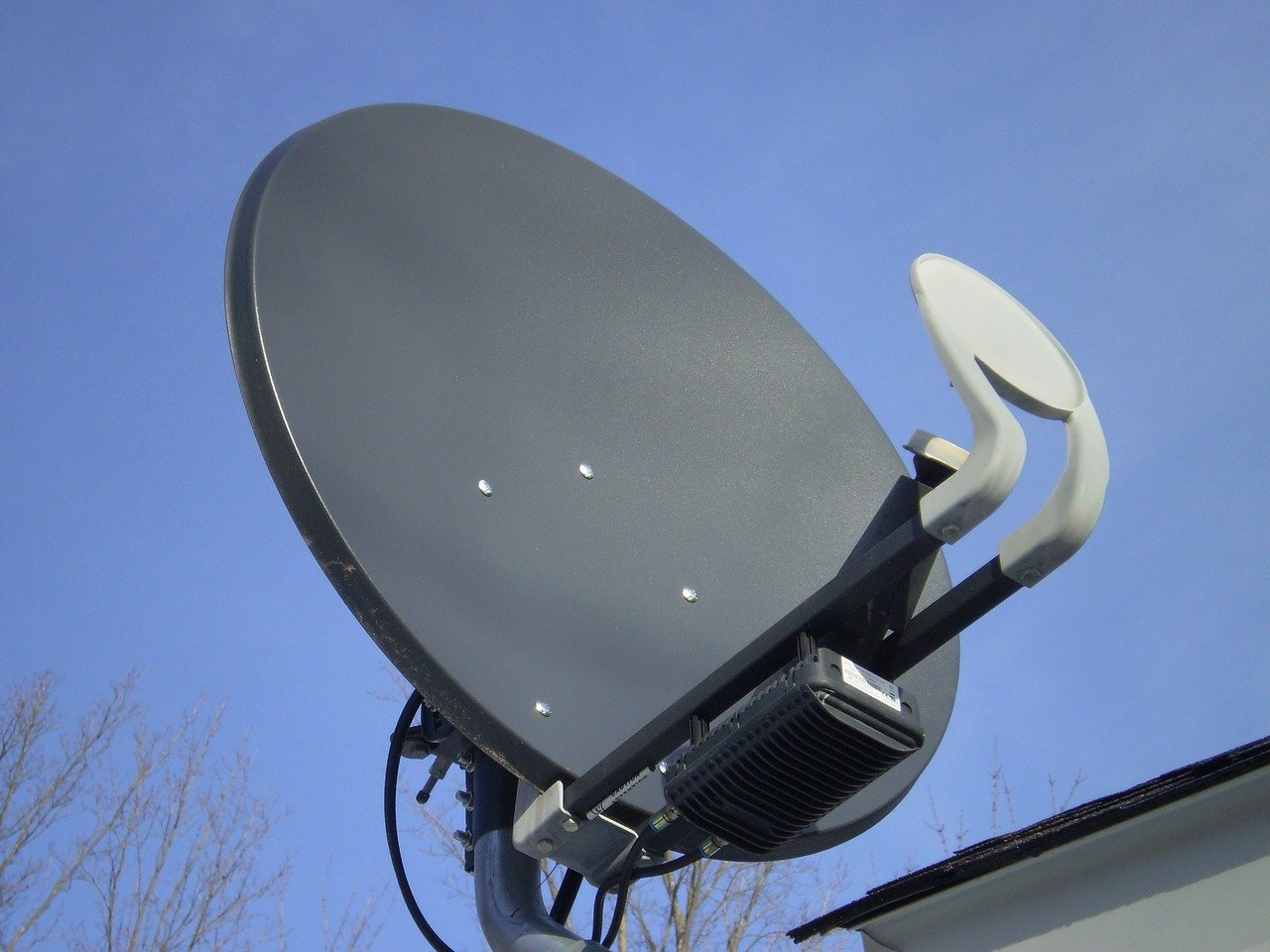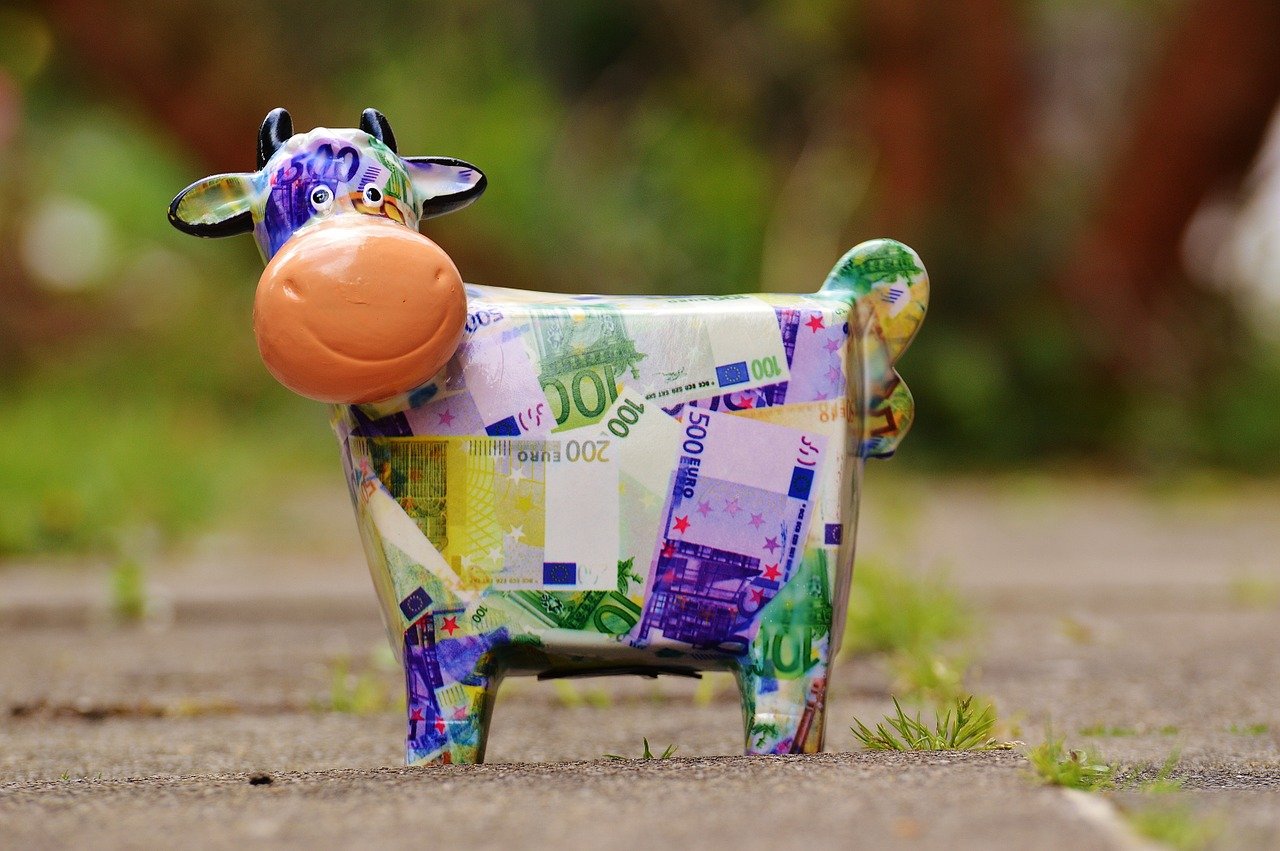In case you ever need to follow the business world view of streaming, you need to understand a bunch of acronyms, including SVOD, OTT and others. We explain them simply, and give some context
NB — this is a lot dryer and more of a background piece than normal.
First the baffling list of acronyms: VOD, OTT, AVOD, SVOD, TVOD… if you’re still here, we’ll help you understand why the terms exist, and why they might matter longer term. We start with some history, then talk about business, then explain everything with examples. There are more detailed guides, you can read wikipedia and you can go into far more depth than we will. For us, it’s about using the OTT when we don’t just mean SVOD, and actually knowing what the S in SVOD stands for!
Updated 9 August 2021 with BVOD (see below).
A history lesson (with a UK bias)
In the beginning there was the Queen’s Coronation… OK, television started before that, but 1953 is seen as a watershed year for the take up of television in the UK. For decades, to watch TV you had a roof aerial and paid a TV licence. [Even now we still pay a licence, but that’s a topic for another feature]
Enter the 1980s, and some newer housing came with cable-TV, very much in the mould of (what we thought of, rightly or wrongly) the US model where TV came down a wire, rather than try to route signals across the continent. End point distribution was physical.
Enter the 21st century (ish) and as bandwidth improved (and still is) we started to get content via apps and delivered across the internet. There’s a big difference here, and the home of our first acronyms.
VOD: Carrier Services and OTT

Broadcast services (eg BBC, ITV, then C4…) are linear. You watch a thing when it’s broadcast, unless you can capture it to betamax tape or more modern format. We actually prefer to watch what we want, when we want, even if it’s just a quick pause to grab a cup of tea. We want some kind of non-linear TV, and it’s called Video On Demand (VOD). This is an industry term; for viewers, just think streaming.
With a physical connection to a device (satellite box or cable box), there’s cost and rental to the party at the other end. Typically they encrypt services (historically Sky users would get a new key card once a year) and can charge in a variety of ways (eg channel bundle or extra for prestige events). In the absence of a better term, we call these Carrier Services.
What is better for most parties is the split the medium (cable or satellite) from the content. Enter the internet. Now there’s a world where the end users get internet access via whatever means and do everything (browsing, shopping, email, social media, radio and TV consumption…) via the internet. This option is called Over The Top (OTT) as the TV is carried over the top of your existing internet connection, You can have multiple internet providers and access multiple services (think watching Netflix at home on your Smart TV then Prime on your mobile via a 5G network.)
But, with no rental for the box, how do streamers make money?
Making money: AVOD / SVOD / TVOD

Here’s where it gets a little more relevant (the picture is a cash cow…)
There are three broad means of making money from streaming via the internet (ie OTT services):
1 — Put adverts on the platform, known as Ad-Supported VOD (AVOD) think YouTube. At present while (eg Amazon Prime) other streamers have adverts, they are for their own content only, not sold advertising space
2 — Charge a subscription, known as Subscription VOD (VOD), this is what we most commonly talk about on Cultbox and the big examples are Netflix, Amazon Prime (sort of) and Disney+ (sort of)
3 — Charge for consumption of some or all content, known as Transactional VOD (TVOD). The extreme example is iTunes or Google Play, where all content is Pay Per View, but we also see Disney+ launch recent content as a premium product for few months (eg Jungle Cruise and other recent releases.) Then there’s Amazon Prime which spends a lot of time pushing content you that needs a bigger subscription or one-off payment, or even pushes you wider to the whole Amazon shopping experience.
Then there’s BVOD as well…
In the UK in particular, there’s another form of VOD (or as Ofcom like to call it VoD), and that’s BVOD (or BVoD). This is Broadcaster Video On Demand. It’s broadcast content available freely (often, but not always after transmission) such as iPlayer, ITV Hub and the other traditional TV offerings. Here there’s a mix of advertising or the ‘have you a licence’ question on iPlayer.
Thanks for reading!
This has been a lengthy piece, but we hope useful for setting out some concepts. We are needing to use these terms more frequently, so it’s useful to set them out.

